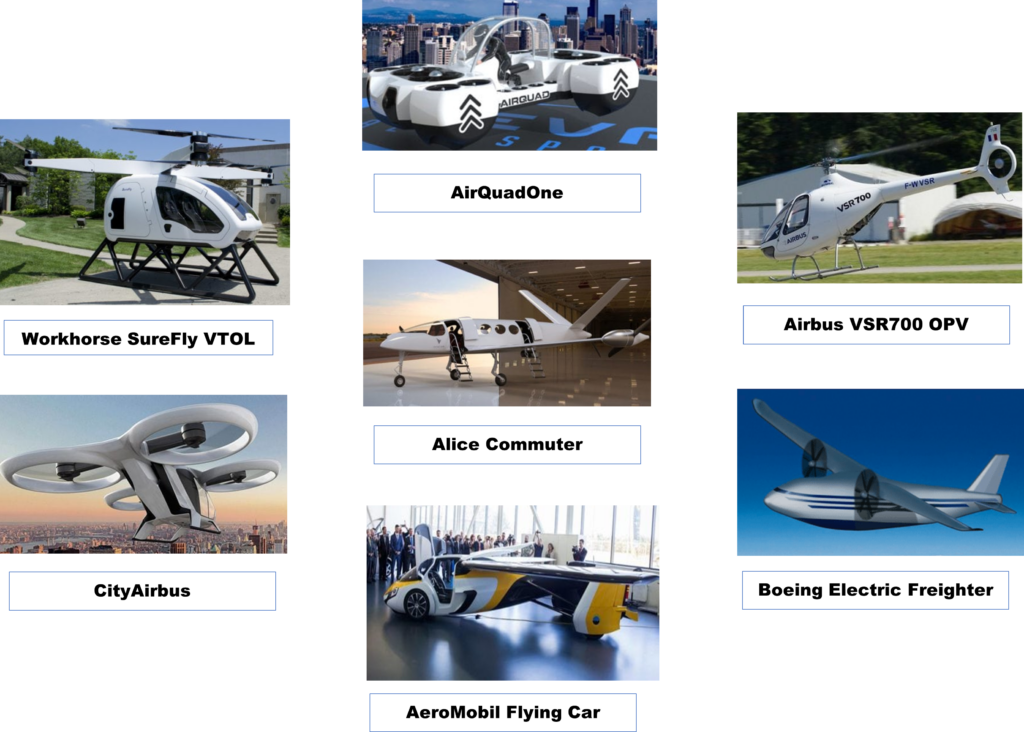About the Technology
Digital aircraft, also known as connected aircraft or e-enabled aircraft, are aircraft that use advanced digital technologies for various operational aspects, according to ChatGPT (2023). The technology enables improved connectivity, data collection, communication, and automation, resulting in increased efficiency, safety, and passenger experience.
Meanwhile, The International Air Transport Association (IATA n.d.) describes digital aircraft as a program that assists airlines in identifying and implementing solutions for more efficient services, particularly in technical operations. The operation includes aircraft maintenance activities, the parts supply chain, spare parts supply chain logistics, and aircraft asset transfer.
Key Aspects of the Technology
There are six key aspects of digital aircraft, as per respective elaborations below:
(a) Connectivity: Digital aircraft are equipped with robust connectivity systems, such as satellite-based communication, to enable continuous communication between the aircraft and the ground. This connectivity allows for real-time data transfer, including weather updates, maintenance data, flight plans, and operational information.
(b) Data collection and analysis: Digital
aircraft are equipped with sensors and systems that collect vast amounts of data during flight. This data includes information about the aircraft’s systems, engines, fuel consumption, flight performance, and other restrictions. This data is then being analysed to optimise operational efficiency, maintenance schedules, and overall performance.
(c) Predictive maintenance: Digital aircraft employ advanced analytics and machine learning algorithms to monitor the health of various aircraft components. By analysing real-time data, these systems can predict maintenance requirements, detect potential faults or failures, and optimise maintenance schedules. This proactive approach minimises unscheduled maintenance, reduces downtime, and improves safety.
(d) Flight optimisation: Digital aircraft use data analytics and optimisation algorithms to improve flight planning and efficiency. By analysing factors like weather conditions, air traffic, and aircraft performance, these systems can recommend optimal routes, altitudes, and speeds. It does help reduce fuel consumption, minimise emissions, and enhance overall flight efficiency.
(d) Passenger experience: Digital aircraft enhance the passenger experience through various digital amenities. These include onboard Wi-Fi connectivity, personalised entertainment systems, electronic flight information displays, and connectivity for personal devices. Passengers can stay connected, access in-flight entertainment, and receive real-time updates during the flight.
(e) Enhanced crew support: Digital aircraft provide improved support for the flight crew through digital tools and automation. Cockpit systems feature advanced avionics, electronic flight bags, and intuitive interfaces, enabling pilots to access crucial information, perform calculations, and make informed decisions. Automation systems assist with routine tasks, reducing workload and enhancing safety.
(f) Cybersecurity: With increased
connectivity, Digital aircraft face potential cybersecurity risks. Therefore, healthy cybersecurity measures are implemented to protect critical systems and data from unauthorised access or malicious activities. These measures include secure networks, encryption protocols, intrusion detection systems, and ongoing monitoring.
Digital aircraft represents the integration of advanced digital technologies into various aspects of aviation. It offers numerous benefits, including improved operational efficiency, enhanced safety, optimised maintenance, and a superior passenger experience. As the technology continues to advance, digital aircraft will likely evolve further, incorporating even more advanced capabilities and features (ChatGPT 2023).
AirAsia announces Asia Digital Engineering Sdn. Bhd.
AirAsia Group Berhad announced on 9 September 2020, the formation of Asia Digital Engineering Sdn Bhd (ADE), a wholly-owned subsidiary, set to be Asia’s leading provider of engineering services for AirAsia’s group of airlines as well as other commercial airlines in the region. The formation of ADE as a regional maintenance, repair, and overhaul (MRO) service provider by AirAsia is in line with the National Transport Policy, as the government seeks to facilitate the growth of all aviation support services to enhance Malaysia’s competitiveness in air cargo operations. ADE expands its existing expertise in aircraft engineering and is well positioned to become Asia’s leading data- and technology-driven MRO service provider for all commercial airlines in the region, starting with the AirAsia group of airlines. This new business division provides numerous efficiencies and will leverage the parent company’s combined 19 years of experience in operating and maintaining a large fleet of over 250 Airbus A320 and A330 family aircraft. All AirAsia engineers and MRO assets will be consolidated to provide a centralised technical support service for its fleet of aircraft and potentially for other commercial airlines in the near future. The company has received Aircraft Maintenance Organisation (AMO) approval by the Civil Aviation Authority of Malaysia (CAAM). Based at the airline group’s global headquarters RedQ in Sepang, the newly-formed subsidiary will provide line maintenance, engineering support, component and warehouse services, and digital and innovation services for the fleet of aircraft under AirAsia’s group of airlines and potentially other airlines in the region. ADE will embark on the Industry 4.0 digital transformation journey, embracing the future by leveraging the latest technologies in automation, big data analytics, predictive maintenance, machine learning, and artificial intelligence to effectively increase productivity and efficiency while maintaining a high level of safety, quality, and airworthiness of the fleet with a target of a 10% reduction in maintenance costs.Future Aircraft Concepts
Traditional manned commercial airliners and general aviation aircraft will continue to dominate air traffic in the near future. However, during the 2017 Paris Air Show, and even over the last year, several companies, including Airbus and Boeing, have revealed new aerial flying concepts designed to give drivers in congested cities new options for getting to work, transporting cargo, and other uses. There are seven new aerial concepts that could become a reality in the near future, as defined below (Bellamy III, 2017):
- Alice Commuter
Mark Moore, engineering director of aviation for Uber, said he hopes the new aircraft from Eviation will help catalyse demand for new battery and rapid recharging technologies that are crucial to enabling electric flight. Uber recently held an urban mobility conference called Uber Elevate, where it discussed plans to start using electric aircraft as air taxis in the future. Eviation, a member of NASA’s on-demand mobility program and the General Aviation Manufacturers Assn.’s (GAMA) electric propulsion and innovation committee, believes it will move its electric aircraft from prototype to certification by next year. It also expects to start performing its first commercial flights by 2021. The company said it is in talks with regional operators about the Alice Commuter.
- AirQuadOne
Neva Aerospace, a U.K.-based aviation consortium, has revealed its AirQuadOne commercial concept as a prototype for future personal manned aerial transportation. It is powered by Neva’s static thrust electric turbofan technology. AirQuadOne is projected as a personal vertical take-off and landing (VTOL) aircraft. The technology is driven by a battery pack compatible with electric car recharging stations via a direct wire connection, induction, or battery pack switch. The AirQuadOne has been under development since 2013, and the development team is currently working with regulators and pilots to seek light aircraft certification.
- Airbus VSR700 OPV
It is considered the least “conceptual” kind of aircraft optionally piloted vehicle by Airbus Helicopters, which has already begun autonomous flight trials. It is scheduled to make its first flight in 2018. The helicopter division of Airbus is developing the Airbus VSR700 OPV jointly with Helicopteres Guimbal, the original manufacturer of the civil-certified Cabri G2 helicopter from which the aircraft is derived. The aircraft features a flight control system that Airbus describes as a “fully digital, multi-channel system.” It is also equipped with optical sensors and a maritime and land radar system. Airbus sees the aircraft serving shipborne rotary-wing tactical requirements for naval operations as well as land-based intelligence surveillance, target acquisition, and investigation missions.
- Boeing Electric Freighter
Mike Sinnett, Vice President of Product Development for Boeing Commercial Airplanes, revealed during the Paris Air Show 2017 that the company is considering a future possibility for electric-powered freighter aircraft. Boeing is looking at dedicated freighter airplanes that are smaller than the airplanes that the company has designed so far. It is most likely they will be either electric or hybrid electric propulsion systems, and their design will be fully autonomous. Its application, however, would be limited to operational requirements to avoid populated areas.
- AeroMobil Flying Car
The flying car is no longer a futuristic concept, as Slovakian manufacturer AeroMobil proved by unveiling its latest flying car at the Top Marques Monaco Super Car Show and the 2017 Paris Air Show. AeroMobil is already available for pre-order with a $1.2 million price tag, though the company plans to build various models at different price points.
- City AirBus
The ambitions of A3, the Silicon Valley-based division of Airbus launched in 2015, have been highly publicised. Its goal is to build a new autonomous electric-powered aircraft designed to help provide aerial relief to congested city streets worldwide.
- Workhorse SureFly VTOL
Workhorse Group describes this aircraft’s eight independent motors driving a single carbon fibre propeller, a backup battery power system, and a ballistic parachute to safely land in the event of an emergency as the reinvention of the helicopter. The two-seater rotorcraft features a gas engine and is designed to have a 70-mile range. Workhorse Group also notes that it features full computer and electrical system redundancy and a flight ceiling of 4,000 feet.

DISCLAIMER: This document has been prepared for internal circulation within MTDC. No part of this report should be reproduced, distributed or communicated to any third party without the Research Department’s consent.
